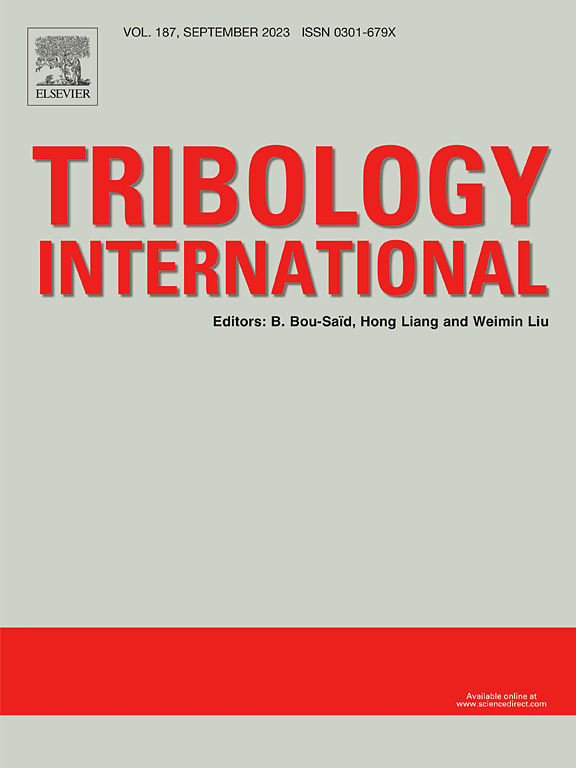Capability and probability of frictional engagement of spines on rough surfaces
IF 6.1
1区 工程技术
Q1 ENGINEERING, MECHANICAL
引用次数: 0
Abstract
Spine-based grippers and robots have found extensive applications in fields such as climbing, exploration, and rescue. This study develops a frictional engagement theory based on 3D surface morphology, addressing the engagement capability and probability on rough surfaces. Results indicate a positive correlation between engagement capability—quantified by the detachment force to preload ratio ()—and the proportion of the concave engagement area, which can be predicted through surface morphology analysis. The investigation into engagement probability reveals that pre-engagement displacement, characterized by the parameter from the modified probability equation, varies with surface roughness, initially decreasing and then increasing. Theoretical predictions are validated through Monte Carlo simulations and experiments, enhancing the understanding of frictional engagement mechanisms and providing design guidance for spine-based systems.
求助全文
约1分钟内获得全文
求助全文
来源期刊

Tribology International
工程技术-工程:机械
CiteScore
10.10
自引率
16.10%
发文量
627
审稿时长
35 days
期刊介绍:
Tribology is the science of rubbing surfaces and contributes to every facet of our everyday life, from live cell friction to engine lubrication and seismology. As such tribology is truly multidisciplinary and this extraordinary breadth of scientific interest is reflected in the scope of Tribology International.
Tribology International seeks to publish original research papers of the highest scientific quality to provide an archival resource for scientists from all backgrounds. Written contributions are invited reporting experimental and modelling studies both in established areas of tribology and emerging fields. Scientific topics include the physics or chemistry of tribo-surfaces, bio-tribology, surface engineering and materials, contact mechanics, nano-tribology, lubricants and hydrodynamic lubrication.
 求助内容:
求助内容: 应助结果提醒方式:
应助结果提醒方式:


